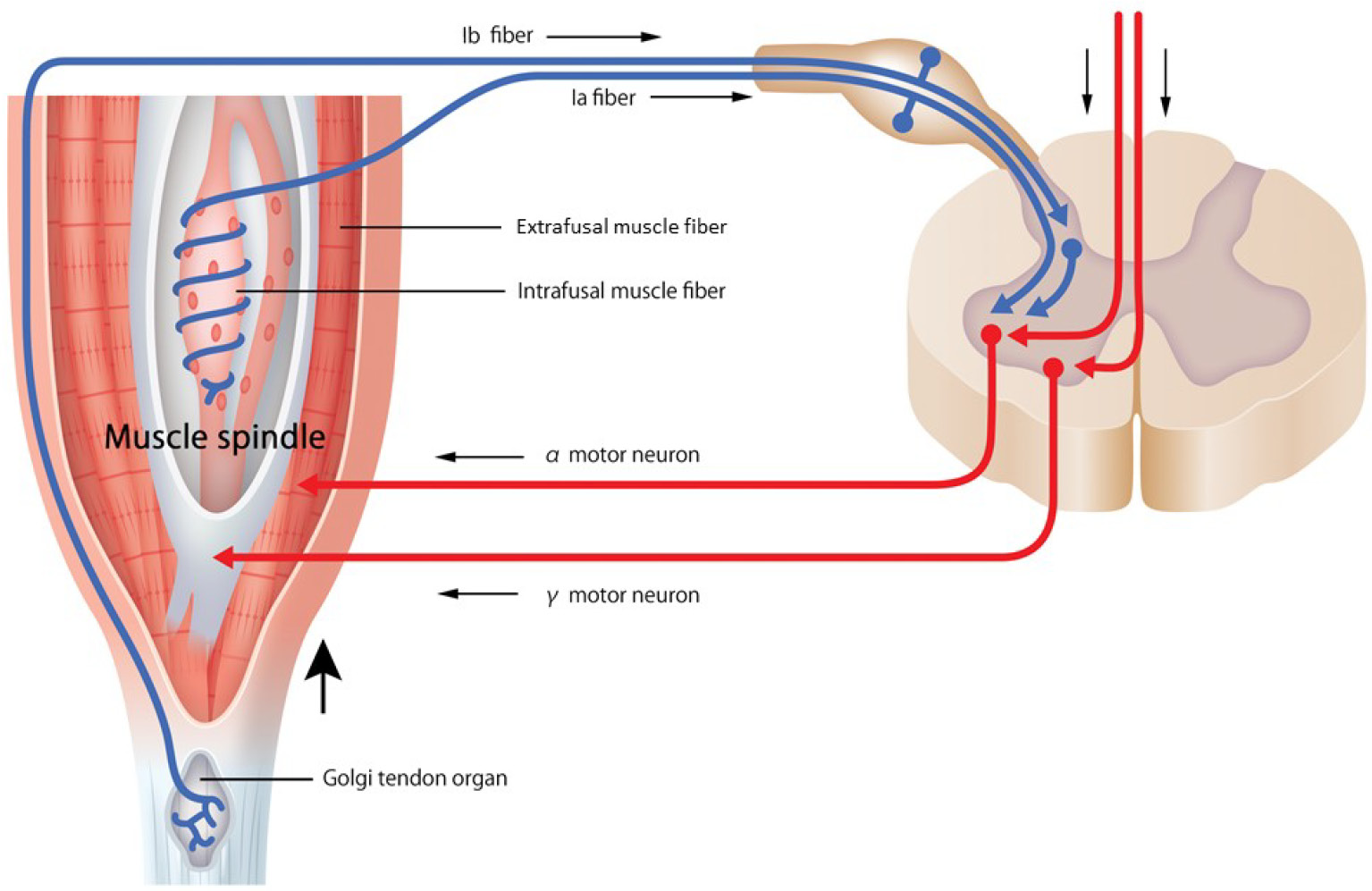- J-STAGE home
- /
- Spine Surgery and Related Rese ...
- /
- Volume 6 (2022) Issue 5
- /
- Article overview
-
Yoshihito Sakai
Department of Orthopaedic Surgery, National Center for Geriatrics and Gerontology
-
Tsuyoshi Watanabe
Department of Orthopaedic Surgery, National Center for Geriatrics and Gerontology
-
Norimitsu Wakao
Department of Orthopaedic Surgery, National Center for Geriatrics and Gerontology
-
Hiroki Matsui
Department of Orthopaedic Surgery, National Center for Geriatrics and Gerontology
-
Naoaki Osada
Department of Orthopaedic Surgery, National Center for Geriatrics and Gerontology
-
Takaya Sugiura
Department of Orthopaedic Surgery, National Center for Geriatrics and Gerontology
-
Yoshifumi Morita
Department of Electrical and Mechanical Engineering, Graduate School of Engineering, Nagoya Institute of Technology
-
Keitaro Kawai
Department of Electrical and Mechanical Engineering, Graduate School of Engineering, Nagoya Institute of Technology
-
Tadashi Ito
Three-Dimensional Motion Analysis Room, Aichi Prefectural Mikawa Aoitori Medical and Rehabilitation Center for Developmental Disabilities
-
Kazunori Yamazaki
Institutional Research Center, Aichi Mizuho College
2022 Volume 6 Issue 5 Pages 422-432
- Published: September 27, 2022 Received: January 05, 2022 Available on J-STAGE: September 27, 2022 Accepted: February 22, 2022 Advance online publication: April 12, 2022 Revised: -
(compatible with EndNote, Reference Manager, ProCite, RefWorks)
(compatible with BibDesk, LaTeX)



